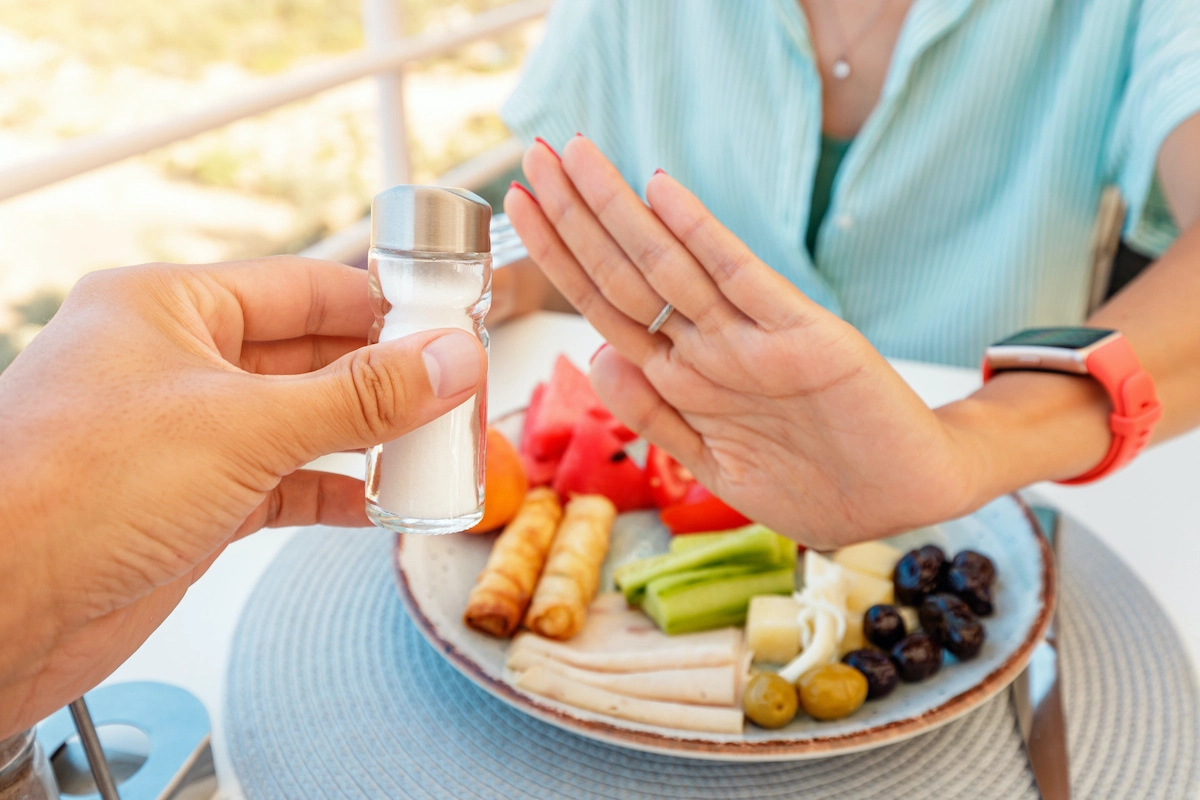
By Marty Velasco Hames
Salt substitutes can be an effective way to help lower your blood pressure and fight heart disease. But experts warn that overuse of certain salt substitutes or alternatives can be dangerous for some people.
Dr. Regis Fernandes, a Mayo Clinic cardiologist, explains why you should use caution with using a salt substitute.
Cutting back on salt is one of the best ways to lower your risk of heart disease.
“Salt increases our blood pressure, and high blood pressure is associated with a higher cardiovascular risk, so stroke for instance,” says Dr. Fernandes.
It’s the sodium chloride in table salt that can be bad for your heart. People often turn to salt substitutes as a healthy alternative.
“They don’t have sodium chloride, but they have potassium chloride. So, for people that are trying not to eat too much potassium, they have to be careful with that,” he says.
Dr. Fernandes says use caution if you have certain conditions, including, kidney, heart and liver disease, high blood pressure, and diabetes. Certain medications, like angiotensin-converting enzyme (ACE inhibitors), can also pose a risk.
So before turning to a salt substitute or an alternative, Dr. Fernandes recommends checking with your health care team.
Source: Newsnetwork.MayoClinic.org, March 15, 2023
Tips for reducing salt in your diet
Americans consume too much salt, and that increases the risk for high blood pressure, heart disease and stroke, according to the Centers for Disease Control and Prevention. The agency says most of the salt in the American diet comes from processed foods and restaurant dishes, but even home-cooked meals can be too salty.
To help you reduce salt intake to the ideal one teaspoon per day, the National Kidney Foundation and Council of Renal Nutrition offer 10 tips to reduce sodium in your diet.
1. Use fresh, rather than packaged, meats. Fresh cuts of beef, chicken or pork contain natural sodium, but the content is still much less than the hidden extra sodium added during processing in products like bacon or ham. If a food item keeps well in the fridge for days or weeks, that’s a tip off that the sodium content is too high.
2. Choose fresh fruit and vegetables, since they are very low in sodium. Canned and frozen fruits are also low in sodium.
3. When buying frozen vegetables, choose those that are labeled “fresh frozen” and do not contain added seasoning or sauces.
4. Begin reading food labels as a matter of course. Sodium content is always listed on the label. Sometimes the high sugar content in a product like apple pie can mask the high sodium content so it’s important to check every label for sodium content.
5. Compare various brands of the same food item until you find the one that has the lowest sodium content, since this will vary from brand to brand.
6. Select spices or seasonings that do not list sodium on their labels, i.e., choose garlic powder over garlic salt.
7. Before dining out, do your research. Visit the restaurant’s website which should list the sodium content of various dishes served there. Alternatively, when you’re at the restaurant and ready to order, you can request that the dish be served without salt.
8. Beware of products that don’t taste especially salty but still have high sodium content, such as cottage cheese.
9. If you have elevated blood pressure, dietary sodium restriction can not only lower your blood pressure but can enhance your response to blood pressure medications.
10. Salt preference is an acquired taste that can be unlearned. It takes about 6-8 weeks to get used to eating food with much lower quantities of salt, but once it’s done, it’s actually difficult to eat foods like potato chips because they taste way too salty.
Source: https://www.kidney.org/newsletter/top-10-tips-reducing-salt-your-diet











